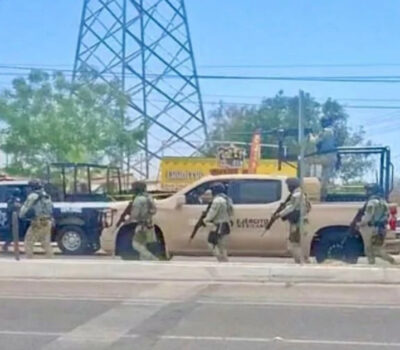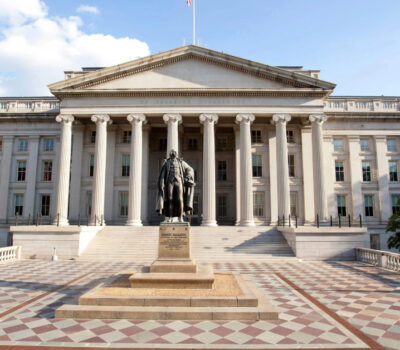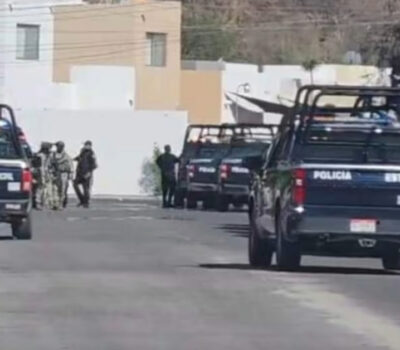An AP report has revealed that the U.N. International Atomic Energy Agency has agreed with Iran that Iranian experts and equipment will be used to inspect Iran’s Parchin military site, located in not far from Tehran, where Iran is suspected of conducting covert nuclear weapons activity more than a decade ago.
Here are some questions and answers about the document, and what it means for the larger deal between Iran, the United States and five other world powers to limit Iran’s nuclear activities in exchange for easing sanctions against Iran.
WHAT HAVE IRAN AND THE IAEA AGREED?
According to a draft document viewed by AP, Iran has agreed to cooperate with the U.N. in answering longstanding allegations about possible past work to develop nuclear weapons at its Parchin plant – but only with the Iranians conducting the inspections themselves. Iran would collect its own environmental samples on the site and carry out other work usually done by IAEA experts. The IAEA will be able to review the Iranians’ work after the fact. The deal on Parchin was between the IAEA and Iran. The Obama Administration was not a direct party to the agreement, but apparently was aware of it.
—
WHAT DO OPPONENTS OF THE DEAL SAY?
Opponents of the broader deal are seizing an opportunity to say the entire exercise of negotiating with Iran is flawed, that it relies too much on trust of the Iranian government.
—
WHAT DOES THE OBAMA ADMINISTRATION SAY?
The Obama administration and other supporters say the wider agreement say it is focused on the future, with ample inspections, and that the side accord between Iran and the IAEA is focused on Iran’s activities in the past and therefore is not central to the overall deal.
—
HOW UNUSUAL IS THE AGREEMENT ON PARCHIN?
Any IAEA inspection of a country suspected of nuclear irregularities is usually carried out by agency experts. They may take swipes of residue on equipment, sample the air or take soil samples in attempts to look for signs of clandestine work on atomic arms or other potentially dangerous unreported activity.
The document on Parchin, however, will let the Iranians themselves look for signs of the very activity they deny – past work on nuclear weapons. It says “Iran will provide” the agency with environmental samples. It restricts the number of samples at the suspect site to seven and to an unspecified number “outside of the Parchin complex” at a site that still needs to be decided.
The U.N. agency will take possession of the samples for testing, as usual. Iran will also provide photos and video of locations to be inspected. But the document suggests that areas of sensitive military activity remain out of bounds. The draft says the IAEA will “ensure the technical authenticity of the activities” carried out by the Iranians – but it does not say how.
In contrast, the main nuclear deal with Iran gives IAEA experts greatly expanded authority compared to what it has now to monitor Iranian nuclear activities as it works to ensure that Tehran is hewing to its commitments; reducing the scope and output of programs that Iran says it needs to generate energy but which can also be turned to making the fissile core of atomic weapons.
—
WHY IS THE PARCHIN AGREEMENT IMPORTANT?
Any indication that the IAEA is diverging from established inspection rules could weaken the agency, the world’s nuclear watchdog with 164 members, and feed suspicions that it is ready to overly compromise in hopes of winding up a probe that has essentially been stalemated for more than a decade.
Politically, the arrangement has been grist for American opponents of the broader separate agreement to limit Iran’s future nuclear programs, signed by the Obama administration, Iran and five world powers in July. Critics have complained that the wider deal is built on trust of the Iranians, while the administration has insisted it depends on reliable inspections.
The separate agreement on past nuclear activities does not affect the broader deal signed in July. And it doesn’t appear yet that the revelation will change any votes in Congress for or against a resolution of disapproval, which President Barack Obama is expected to veto if it passes.
—
HOW DID THIS AGREEMENT HAPPEN?
It could be a matter of priorities.
The Obama administration’s main focus in the broader Iran deal – signed by the U.S., Iran, Britain, France, Germany, Russia and China – is crimping Iran’s present nuclear activities so they cannot be used in the future toward making a bomb. Faced with more than a decade of Iranian resistance to IAEA attempts to probe the allegations of past weapons work at Parchin, there may be a willingness to settle for an agency report that is less than definitive – and methods that deviate from usual practices.
The IAEA also appears to have recognized that Iran will continue to insist the allegations are lies, based on false U.S., Israeli and other intelligence. After a decade of stalemate it wants to close the books on the issue and allow the U.N. Security Council to do so as well.
The alternative might well have been no inspection at Parchin any kind.
—
WHAT DOES THE IAEA SAY?
Director General Yukiya Amano says, “The arrangements are technically sound and consistent with our long-established practices. They do not compromise our … standards in any way.” He says agreements with Iran on clearing up the nuclear arms allegations “are confidential and I have a legal obligation not to make them public – the same obligation I have for hundreds of such arrangements made with other IAEA member states.”
—
WHAT DO OTHERS SAY?
Ned Price, spokesman for the National Security Council at the White House: “We are confident in the agency’s technical plans for investigating the possible military dimensions of Iran’s former program, issues that in some cases date back more than a decade. Just as importantly, the IAEA is comfortable with the arrangements, which are unique to the agency’s investigation of Iran’s historical activities.”
Olli Heinonen, in charge of the Iran investigation as IAEA deputy director general from 2005 through 2010, says he can think of no similar arrangement – a country essentially allowed to carry out much of the probe of suspicions against it.
—
HOW CRUCIAL IS PARCHIN TO THE OVERALL DEAL?
U.S. intelligence officials do not consider the Parchin inspections a critical part of the broader deal, according to one official, commenting only on condition of anonymity because he was not authorized to be quoted. The U.S. believes most weapons work occurred there in 2003, the official says, and the site has been thoroughly cleaned up since then.
—
AP Intelligence Writer Ken Dilanian contributed to this report.
An AP report has revealed that the U.N. International Atomic Energy Agency has agreed with Iran that Iranian experts . . .










